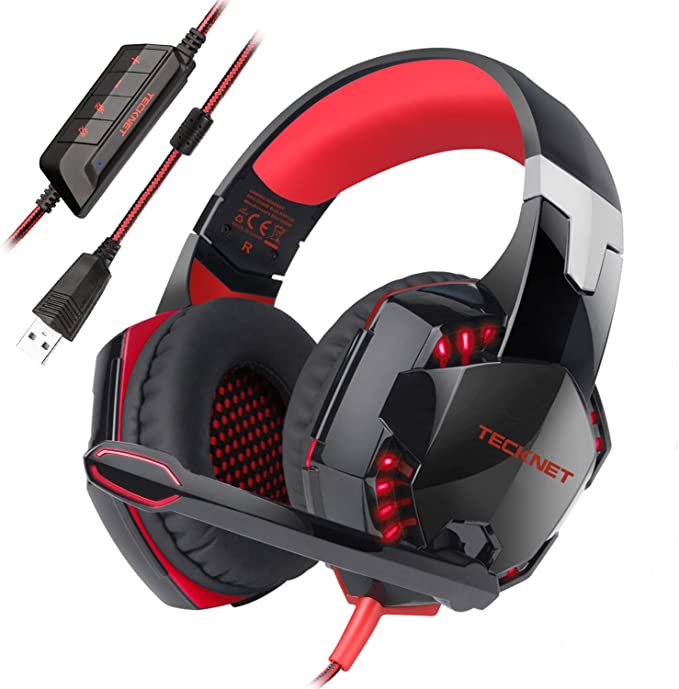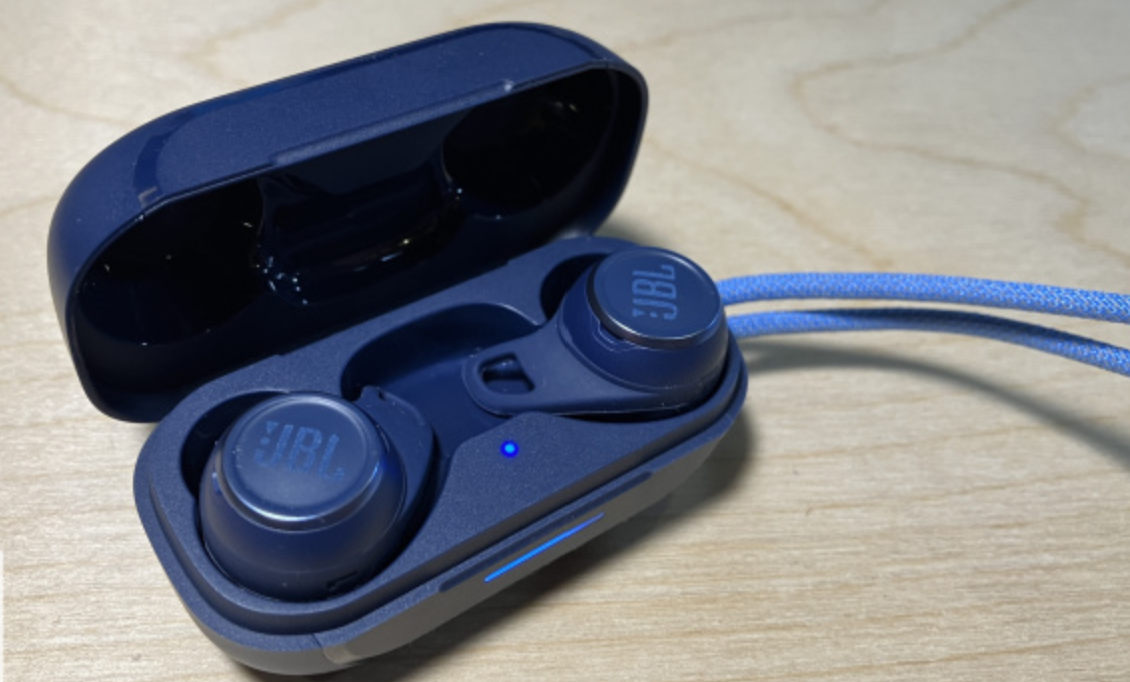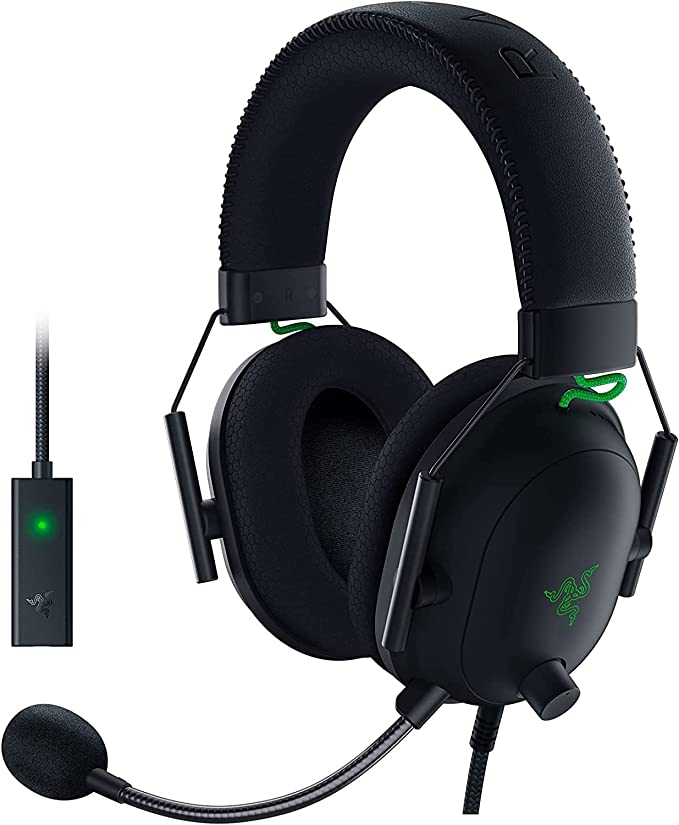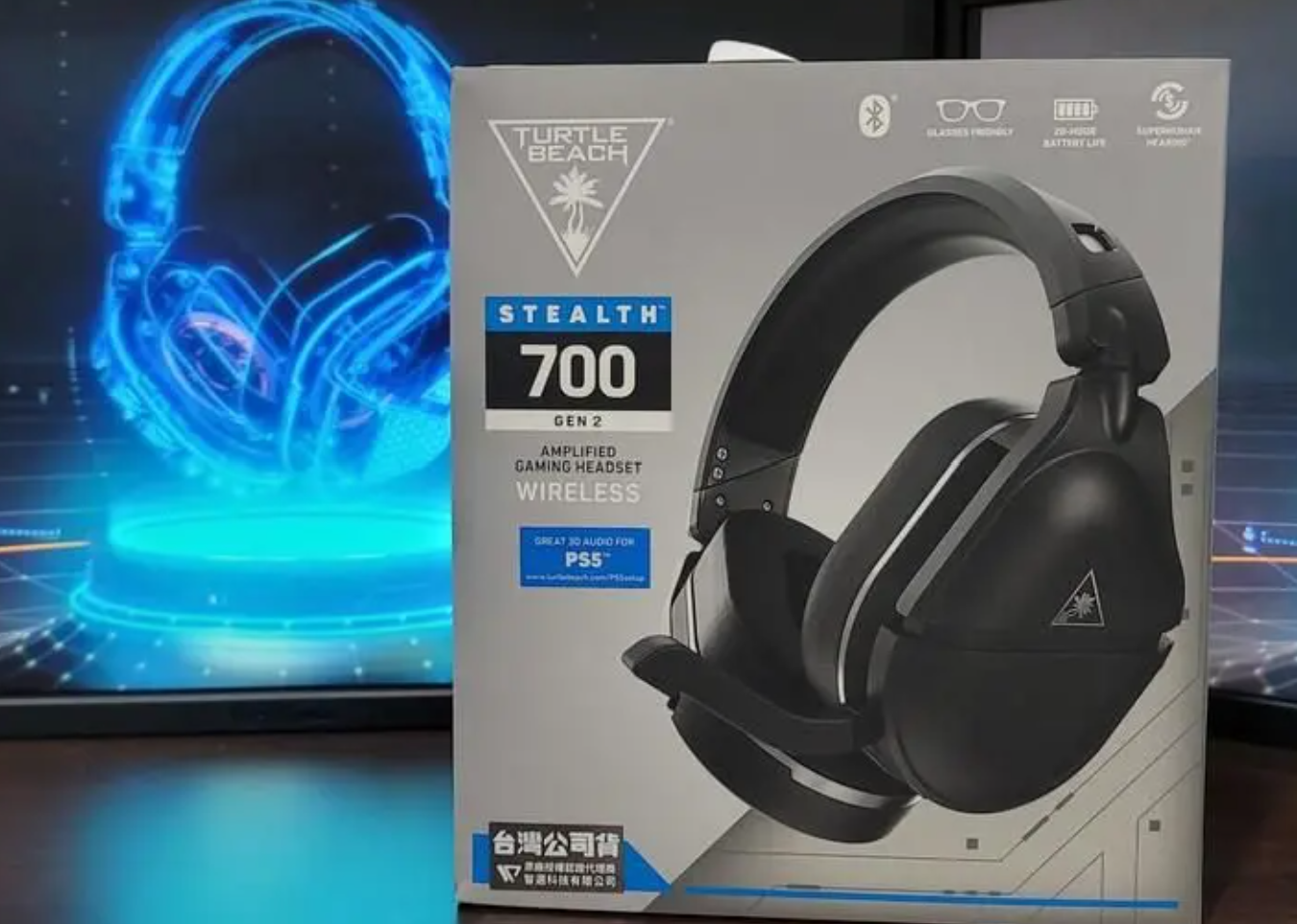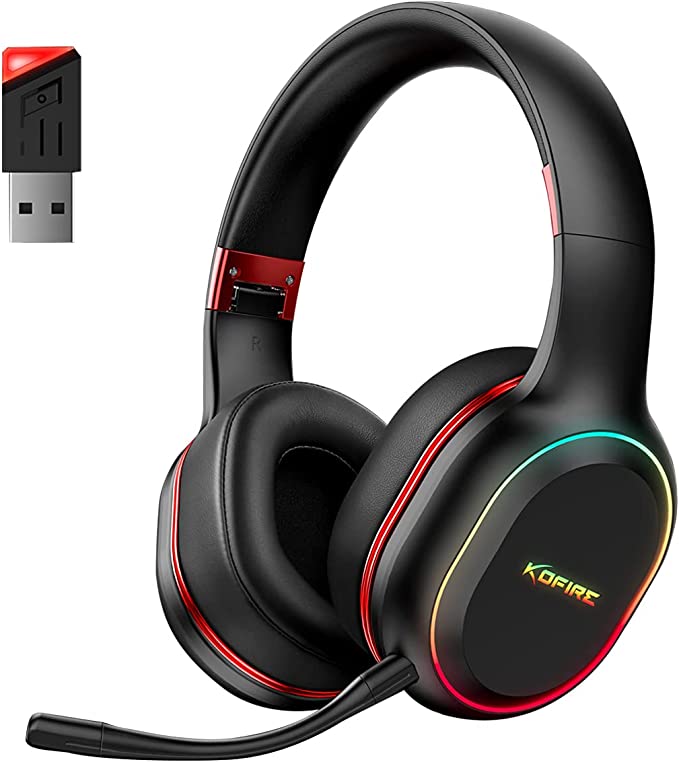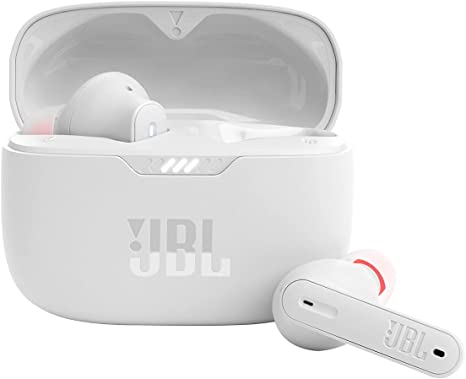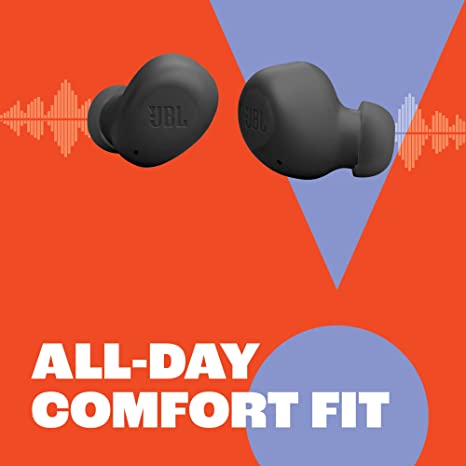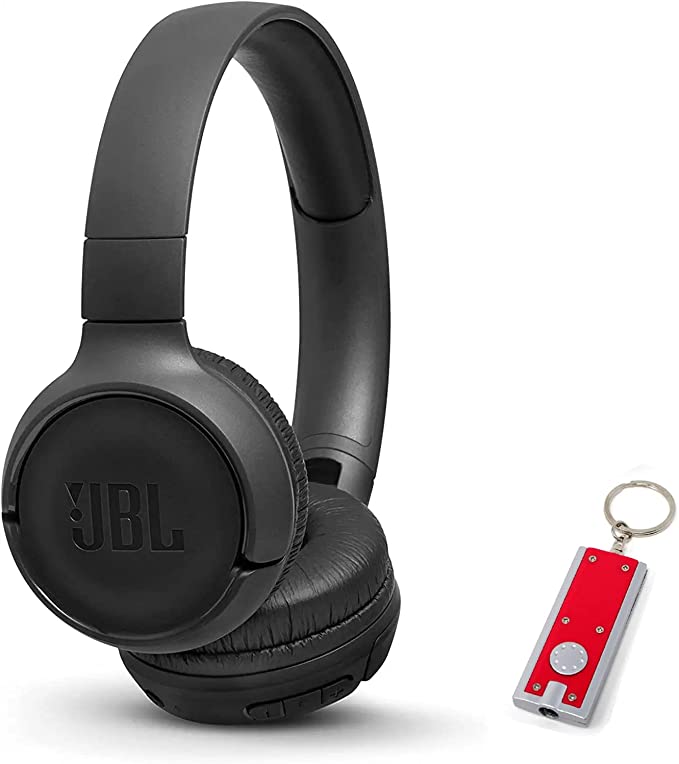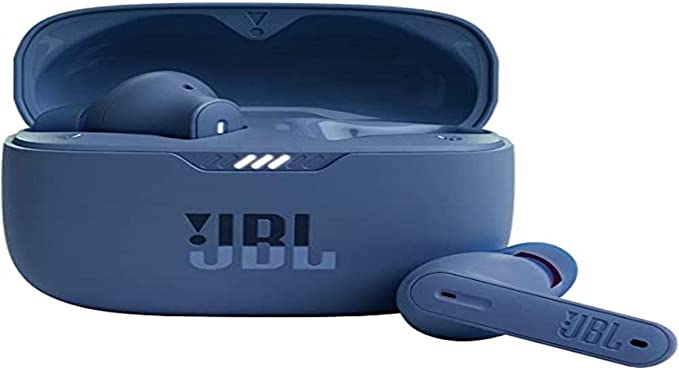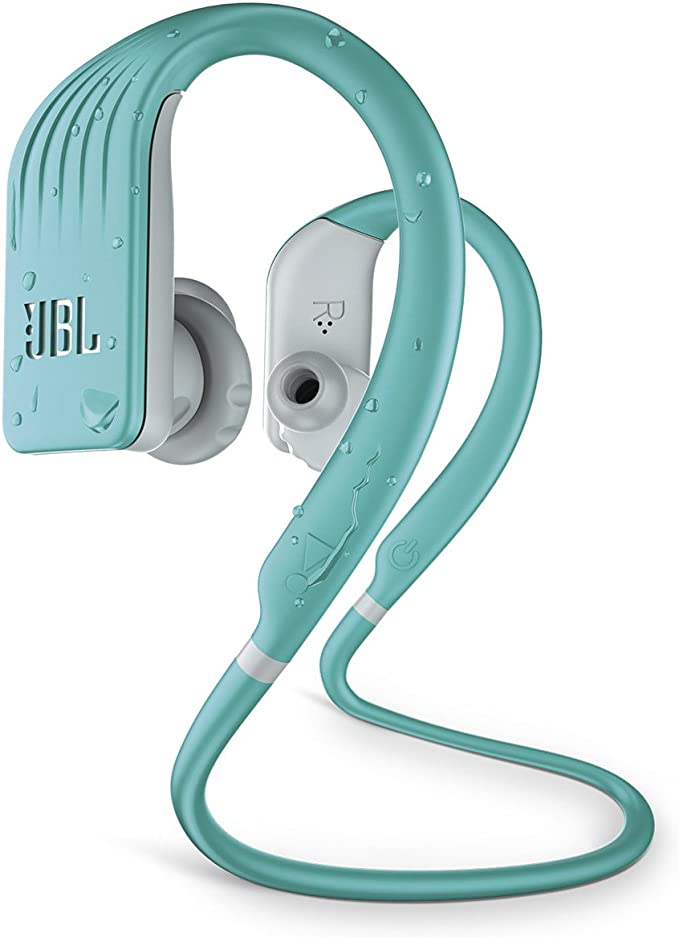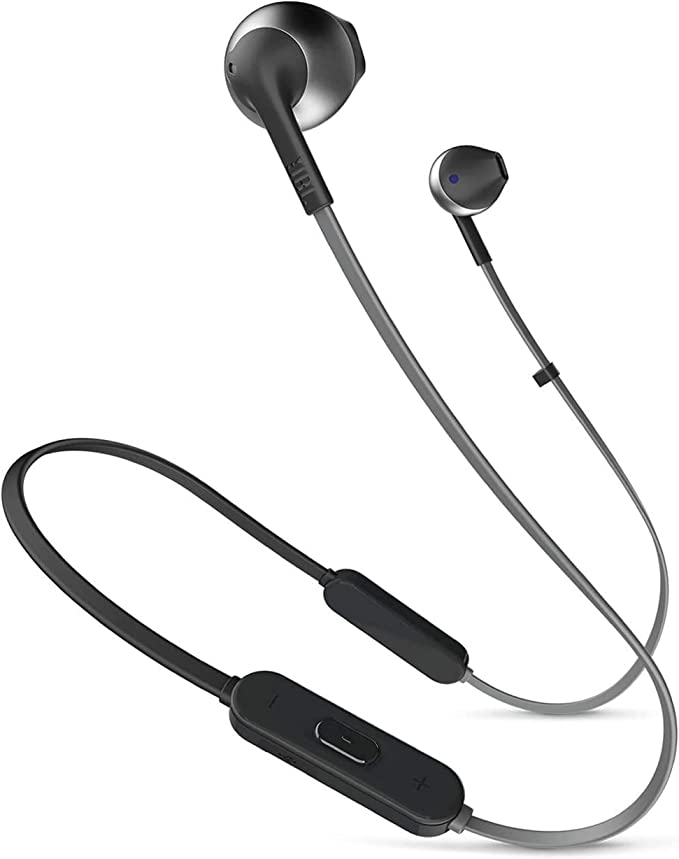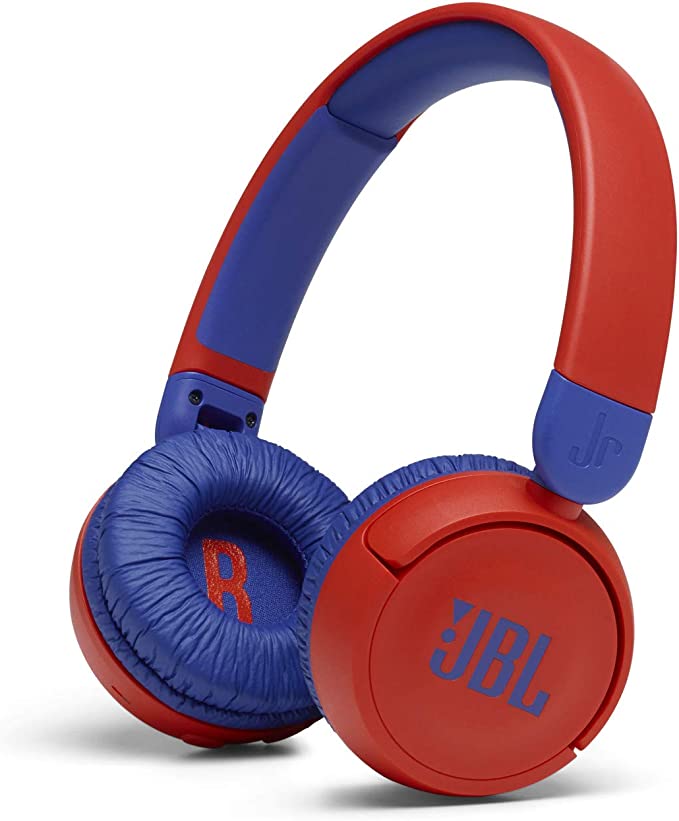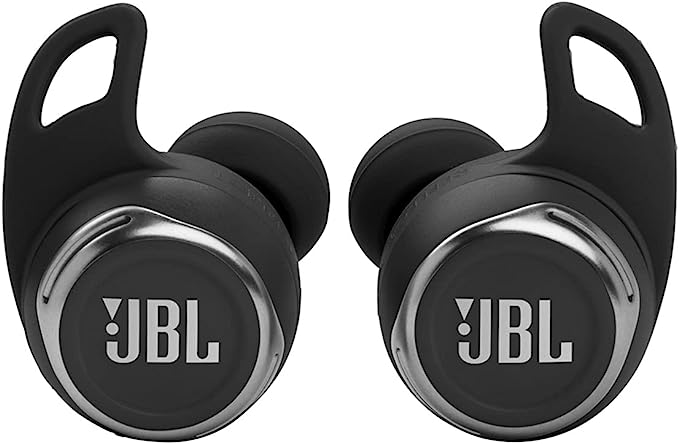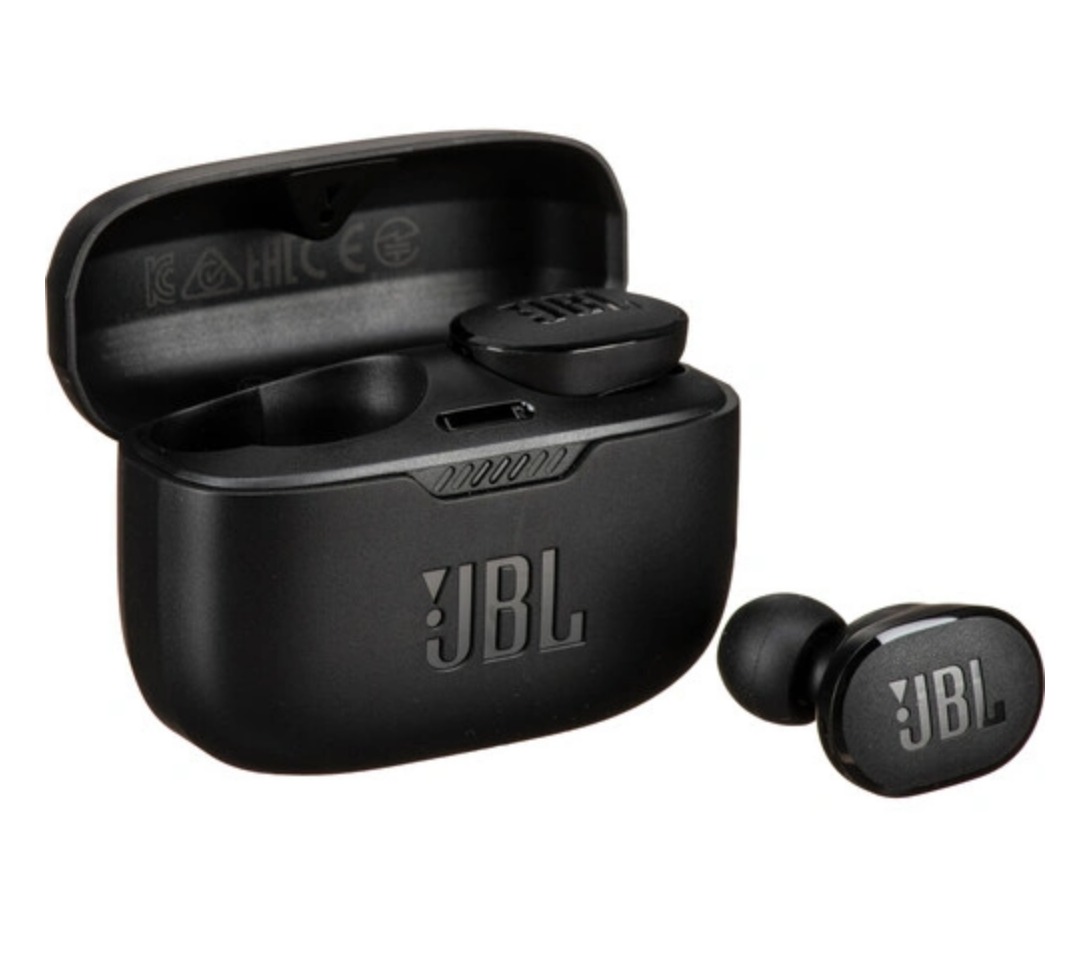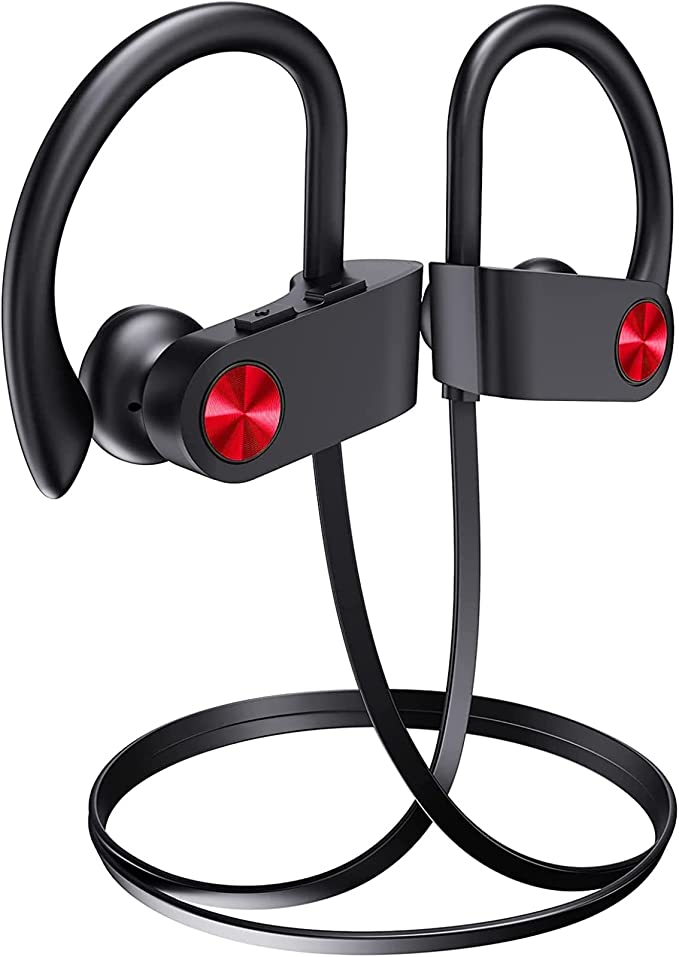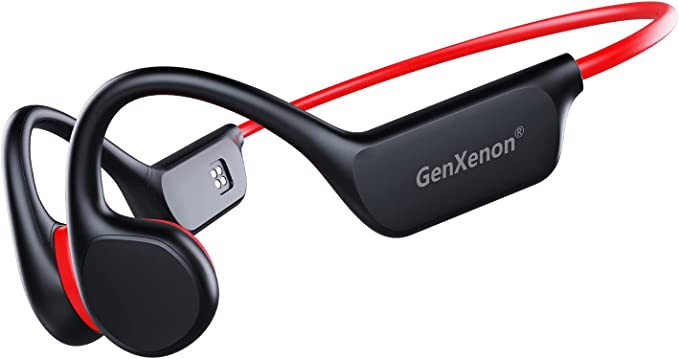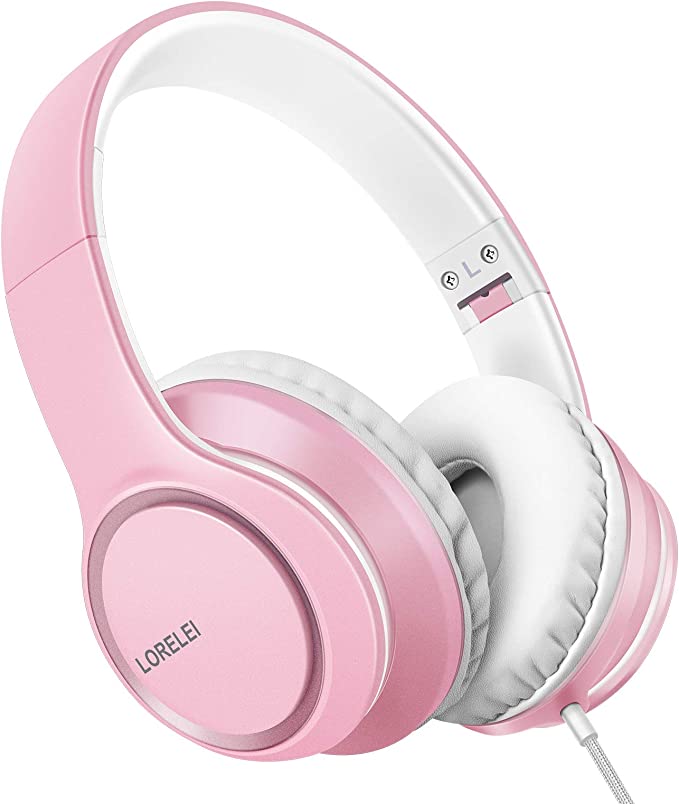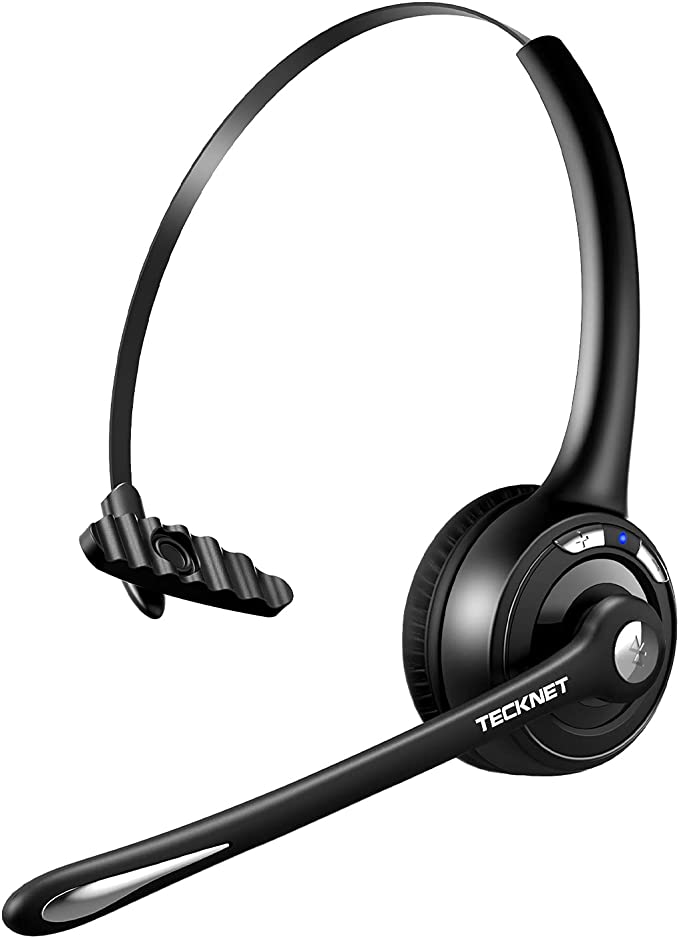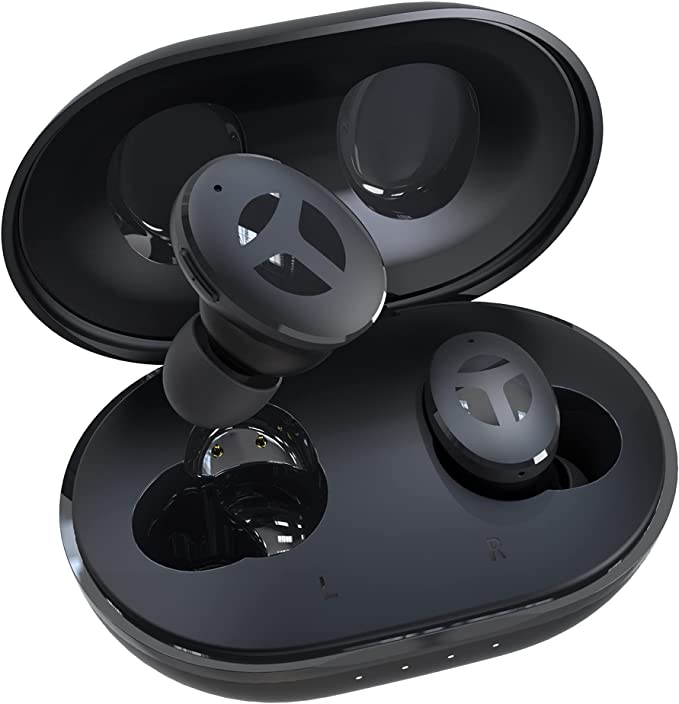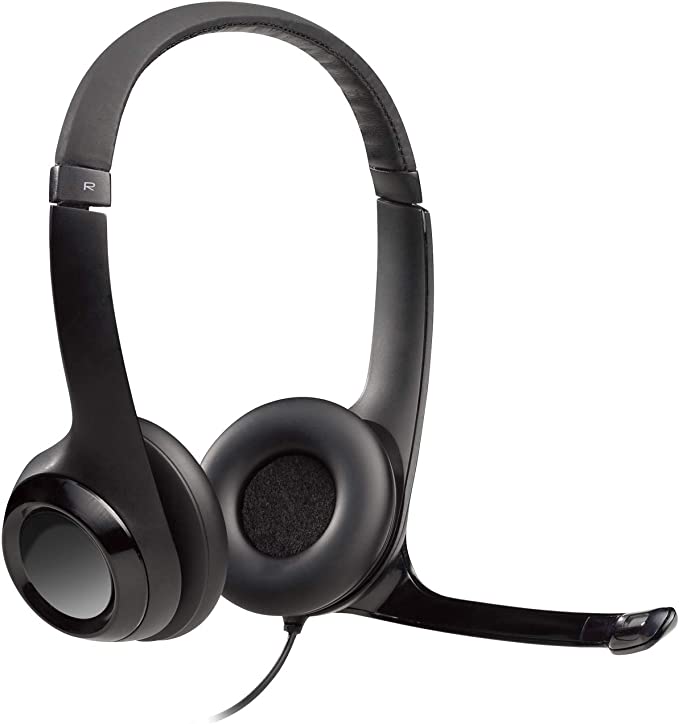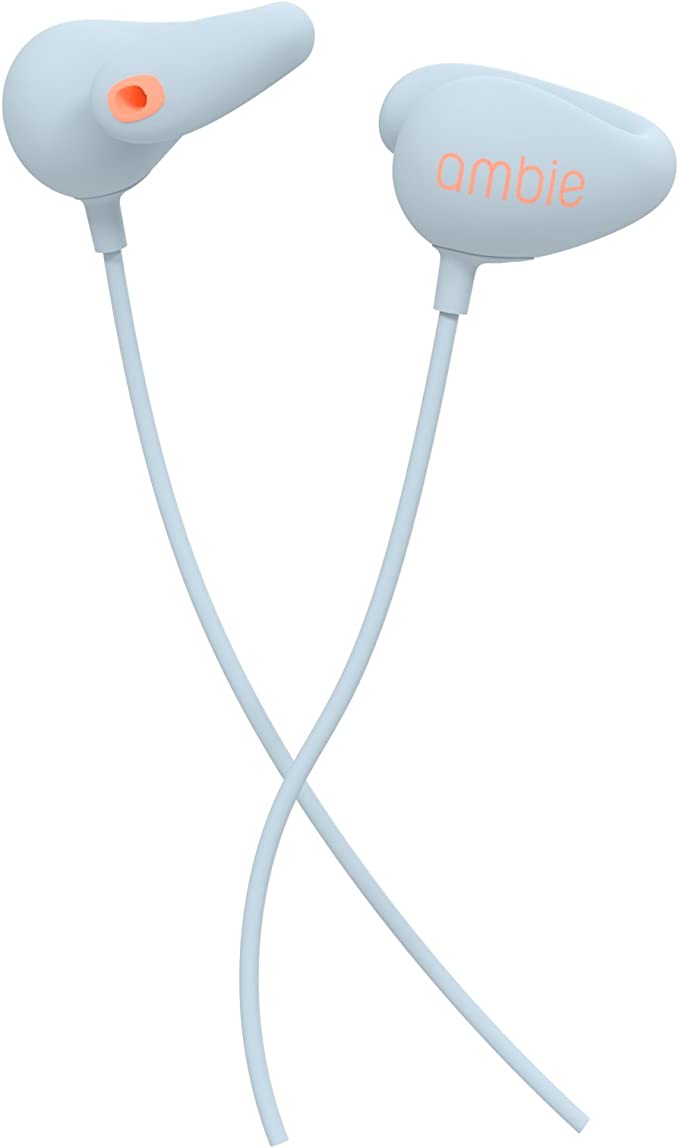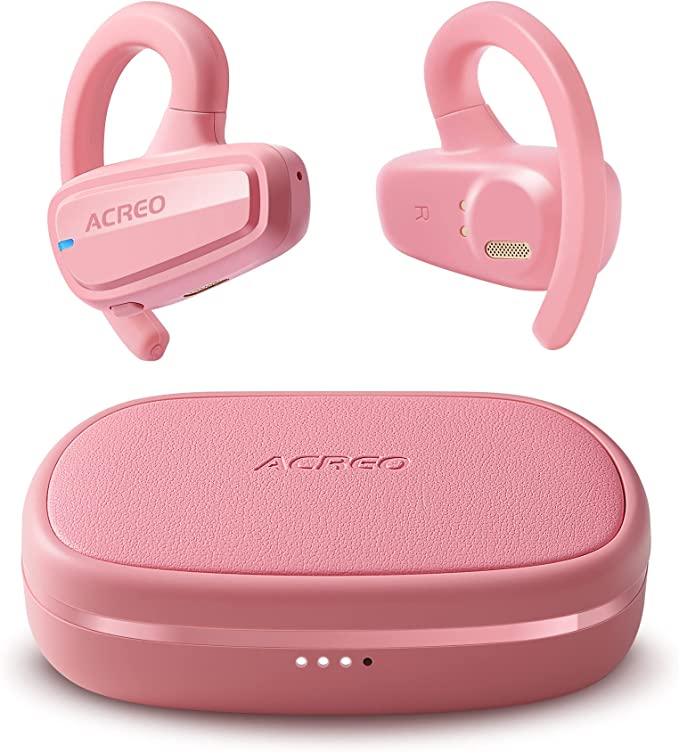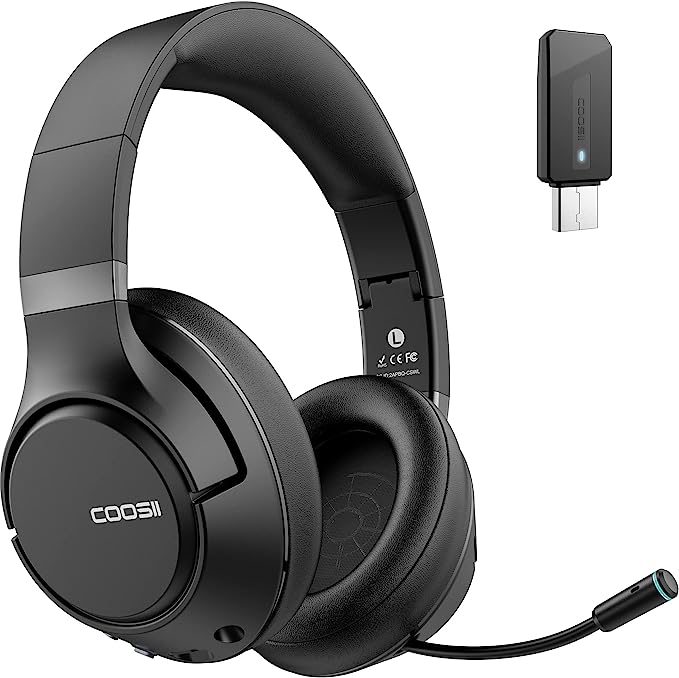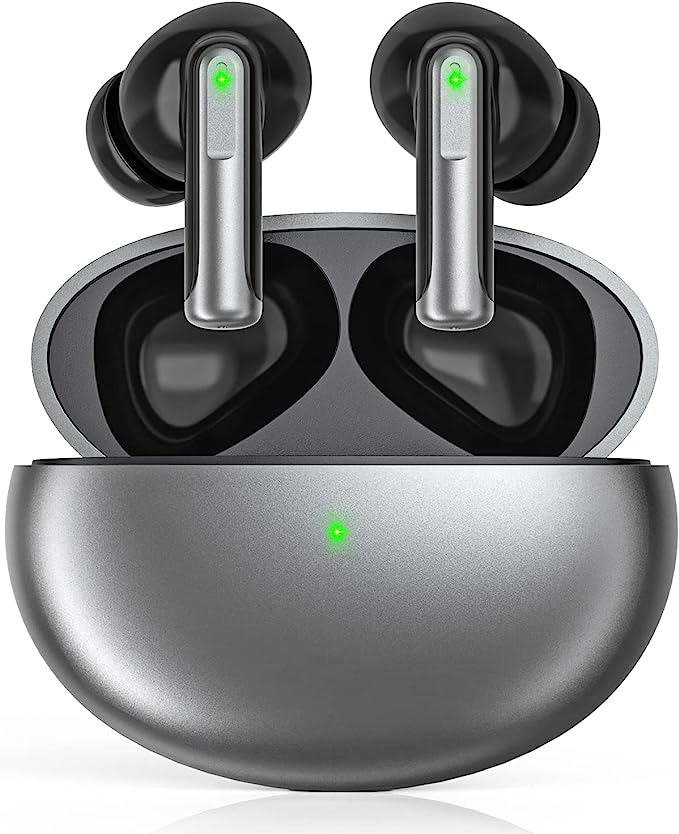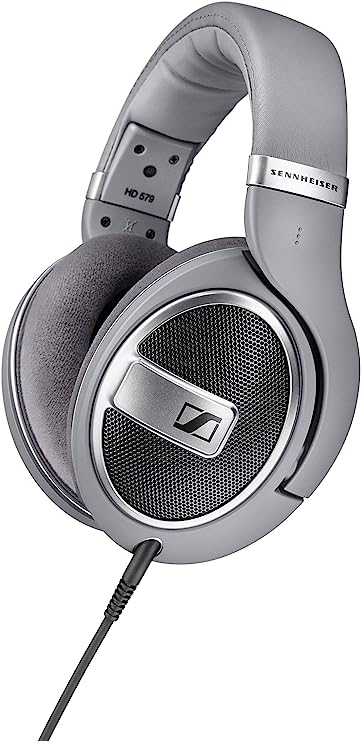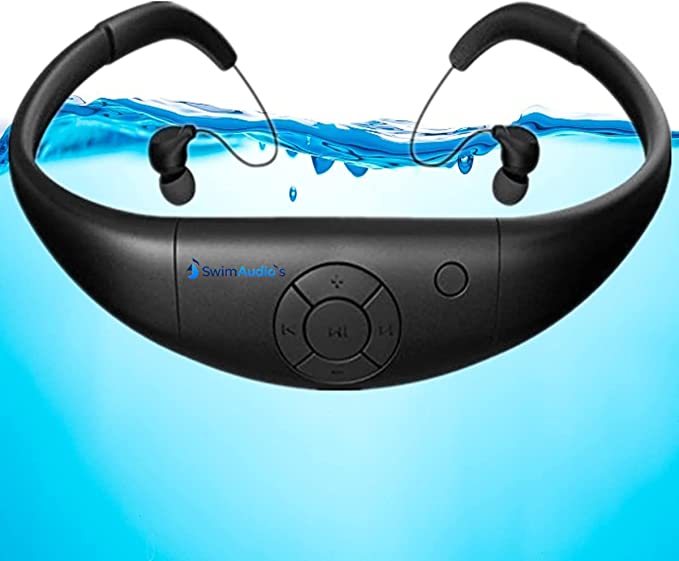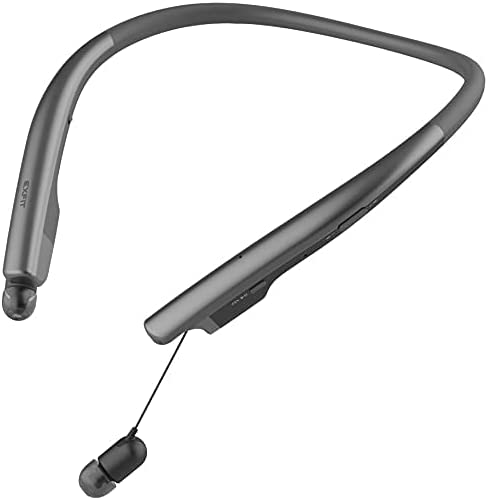JBL Quantum 200: The Science of Immersive Gaming Audio and Crystal-Clear Communication
Update on May 15, 2025, 4:26 a.m.
In the captivating realm of digital battlegrounds and sprawling virtual worlds, victory often whispers its secrets through sound. It’s an unseen architecture, a language of subtle cues and thunderous pronouncements that can define the margin between triumph and defeat. As an audio engineer and a passionate observer of how humans interact with sound, I’ve always believed that understanding the technology behind our tools doesn’t just enhance our appreciation; it empowers us. Today, we’ll delve into the JBL Quantum 200 wired over-ear gaming headphones, not merely as a product, but as a fascinating case study in applied audio science and ergonomic design, drawing from JBL’s decades of experience in shaping how we hear the world. Our exploration will focus on how its features aim to deliver that crucial competitive edge and immersive experience that gamers, from North American esports arenas to living rooms worldwide, have come to expect.

Crafting the Sonic Landscape: The Art and Science of Immersive Audio
At the core of any gaming audio experience is the ability to create a believable and informative sonic world. JBL calls their approach to this the “JBL QuantumSOUND Signature.” While a “signature” implies a specific tuning philosophy, the underlying science relies on fundamental acoustic principles, brought to life in the Quantum 200 through its 50mm neodymium drivers.
Let’s unpack that. The “driver” in a headphone is the engine that converts electrical signals from your game into the sound waves that reach your ears. Think of it as a miniature, highly sophisticated loudspeaker. The “50mm” refers to the diameter of this driver’s diaphragm. A larger diaphragm, generally speaking, has the capacity to move more air. This is particularly beneficial for reproducing lower frequencies – the rumbles of an explosion, the deep thrum of an engine, or the resonant undertones of a cinematic score – with authority and without distortion. However, size isn’t everything; control is paramount.
This is where “neodymium” comes into play. Neodymium is a rare-earth metal that, when alloyed with iron and boron, creates some of the most powerful permanent magnets known. Discovered in 1885 but only widely applied in audio from the late 20th century, these magnets offer a significantly higher magnetic flux density compared to older ferrite magnets of the same size. For a headphone driver, this means a stronger motor system. A stronger motor can exert more precise control over the diaphragm’s movement, allowing it to start and stop more quickly. This rapid transient response is crucial for rendering the sharp, distinct sounds vital in gaming – the crack of a sniper rifle, the metallic click of a reload, or the subtle rustle of leaves betraying an opponent’s movement. It’s this precision that contributes to what JBL describes as “accuracy.”
The goal is to create not just sound, but a soundstage: the perceived three-dimensional space and localization of audio elements. When a game engine outputs positional audio, a well-designed headset like the JBL Quantum 200 strives to reproduce these cues faithfully. Your brain then uses subtle differences in the timing (Interaural Time Differences - ITD) and loudness (Interaural Level Differences - ILD) of sounds reaching each ear to construct this mental map. It’s a complex feat of psychoacoustics – the science of how we perceive sound. A wider, more accurate soundstage, as intended by the QuantumSOUND Signature and its 50mm drivers, allows you to intuitively discern if that critical footstep is ahead, behind, above, or below, transforming mere audio into actionable intelligence. It’s like having a radar built into your ears, letting you “see” with sound. Users of the Quantum 200 on the product’s Amazon listing have indeed noted the “good clarity” and “surprisingly good sound range,” with one reviewer highlighting an enhanced experience when pairing the headset with Dolby Atmos software, which further leverages these psychoacoustic principles for spatial audio.

The Unmistakable Voice: Clarity in Command
In the collaborative theatre of multiplayer gaming, clear communication isn’t just helpful; it’s often the linchpin of strategy. The JBL Quantum 200 incorporates a flip-up boom microphone equipped with echo cancelling technology. A “boom” microphone, by its nature, positions the microphone element close to the sound source – your mouth. This proximity is the first step in capturing a strong, clear voice signal relative to any ambient noise.
The “echo cancelling technology” addresses a common frustration: your teammates hearing distracting noises from your end. Echoes in this context can be multifaceted. There’s acoustic echo, where your voice or game sounds bounce off your room’s surfaces and re-enter the mic. Then there’s the more insidious audio bleed, where sound from the headphone earcups themselves – the explosions and dialogue you’re hearing – leaks out and gets picked up by your own microphone, creating a confusing loop for your teammates.
Echo cancellation systems, often employing sophisticated Digital Signal Processing (DSP), work to combat this. One common technique involves the microphone system “listening” to the audio being fed to the headphones. If it detects that same audio appearing at the microphone input (after a slight delay, characteristic of an echo or bleed), it can generate an anti-signal to cancel it out. Think of it as sound wave arithmetic: a peak meets a trough of equal magnitude, and they neutralize each other. Furthermore, many boom microphones designed for gaming employ a cardioid pickup pattern. Imagine this pattern as a heart-shape around the microphone’s tip, with its strongest sensitivity directly in front (where your mouth is) and significantly reduced sensitivity to sounds from the sides and, crucially, from the rear (where your game audio and keyboard clicks might originate). This directional focus intrinsically helps in isolating your voice.
The combination of a well-placed boom, directional pickup, and active echo cancellation technology aims to deliver what JBL terms “crystal clear communication,” ensuring your strategic callouts are heard with precision, not muddled by the cacophony of the game or your immediate environment. While most feedback on the product’s Amazon page praised the microphone’s clarity, one user did note that the mic could be very sensitive to room noise, suggesting that the effectiveness of noise differentiation can still vary based on the acoustic environment and the specific nature of background sounds. This highlights the ongoing challenge in audio engineering: to perfectly filter signal from noise in every conceivable scenario.

Marathon Ready: The Ergonomics of Enduring Play
The most advanced audio technology becomes moot if the headset itself is uncomfortable to wear for extended periods. “Marathon sessions” are a staple of modern gaming, and this is where the science of ergonomics comes to the fore in the JBL Quantum 200’s design.
The over-ear (or circumaural) form factor is a deliberate choice. Unlike on-ear designs that press directly onto the ear cartilage (pinna), over-ear cups are designed to entirely encircle the ears. This approach offers two main benefits. Firstly, it generally provides better passive noise isolation, as the earcup and cushion create a seal against your head, reducing the intrusion of external ambient sounds and allowing you to focus more intently on the in-game audio. Secondly, from a comfort perspective, distributing the clamping force of the headset over the larger, less sensitive area of the skull around the ears, rather than directly on the ears themselves, significantly reduces pressure points and the likelihood of discomfort during long playtimes.
This is further enhanced by memory foam ear cushions. Viscoelastic polyurethane foam, the material we call memory foam, has the unique property of deforming slowly under load and conforming precisely to the contours it’s pressed against – in this case, the area around your ears. Once the pressure is removed, it slowly returns to its original shape. This adaptability means the cushions create a personalized fit for each user, distributing the headset’s clamping force more evenly and minimizing gaps, which not only improves comfort but also enhances the acoustic seal. The cushions are then covered in soft PU (polyurethane) leather. PU leather provides a smooth, premium feel and is relatively durable and easy to clean. While it contributes to sound isolation, it’s worth noting that, like genuine leather, it can be less breathable than fabric alternatives, which for some users might lead to warmth build-up over very prolonged sessions – a common trade-off in headphone material selection.
Finally, the overall lightweight design, with the Quantum 200 weighing in at a reported 245 grams, is a crucial ergonomic factor. The physics are simple: less mass means less force exerted on your head and neck. This reduction in physical load minimizes muscular strain, delaying the onset of fatigue and allowing for more comfortable immersion in your game for hours on end. The positive user feedback on the Amazon listing frequently highlights “comfort,” with users stating they can “wear them for long periods” and that they “don’t crush my ears because the fit completely around them.”
The Universal Connection: Bridging Worlds of Play
Versatility is key in a multi-device world. The JBL Quantum 200 achieves broad compatibility through its reliance on the venerable 3.5mm audio jack. This humble connector, a descendant of the quarter-inch jacks used in telephone switchboards over a century ago, has become a near-universal standard for analog audio. In its common TRRS (Tip-Ring-Ring-Sleeve) configuration, it can carry stereo audio output to the headphones and the microphone input from the headset back to the device through a single, convenient plug.
This makes the Quantum 200 readily compatible with a wide array of gaming platforms, as listed by JBL: PCs, Macs, consoles like the Xbox and PlayStation, the Nintendo Switch, as well as mobile phones and VR systems that retain this audio port. For desktop PCs that often feature separate jacks for microphone input and headphone output (typically color-coded pink and green), the inclusion of a PC splitter cable is a practical touch. This accessory simply takes the single TRRS plug from the headset and divides its signals into two separate TRS (Tip-Ring-Sleeve) plugs, ensuring full functionality without fuss. It’s a small detail, but one that demonstrates an understanding of the diverse hardware ecosystem gamers navigate, allowing for a seamless transition from console gaming on the couch to a PC gaming session at a desk.

The Symphony of Science in Play
Ultimately, experiencing a game through a headset like the JBL Quantum 200 is an interaction with a carefully considered piece of audio engineering. It’s not just about hearing the game; it’s about perceiving a world crafted from sound waves, guided by principles of acoustics, psychoacoustics, and ergonomics. From the powerful neodymium drivers sculpting an immersive soundscape, to the echo-cancelling microphone striving for lucid communication, and the lightweight, cushioned design aiming for enduring comfort, each element is a testament to the science of sound and human interaction. While individual experiences and preferences will always vary, understanding the technology at play allows us to appreciate the intricate blend of art and engineering that seeks to elevate every gaming moment from mere entertainment to a truly engaging sensory experience. The quest for the perfect gaming sound is an ongoing symphony, and it’s a privilege to listen in on its scientific composition.
